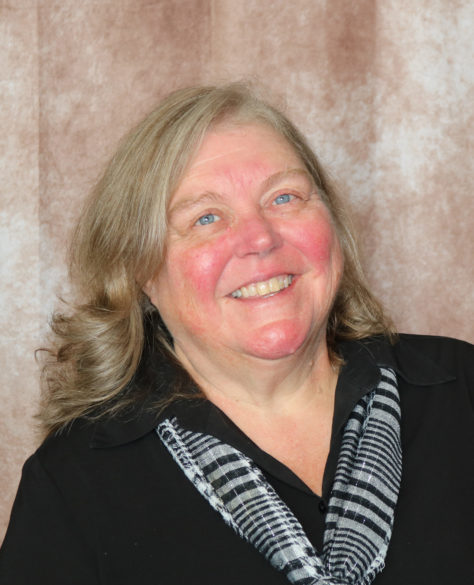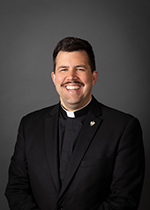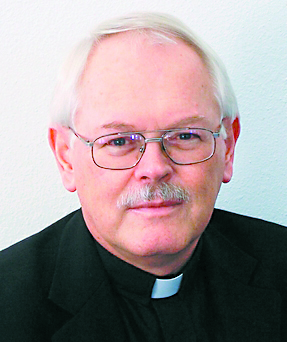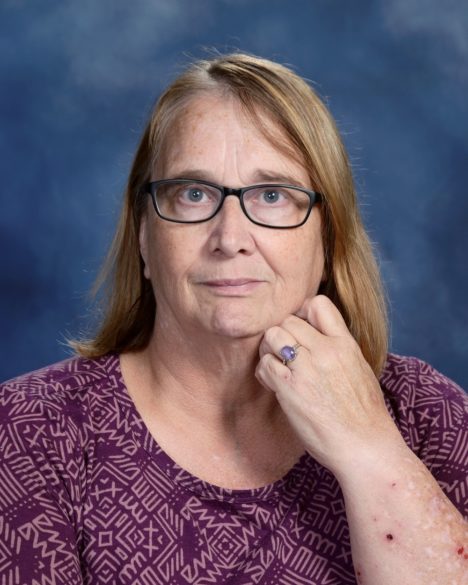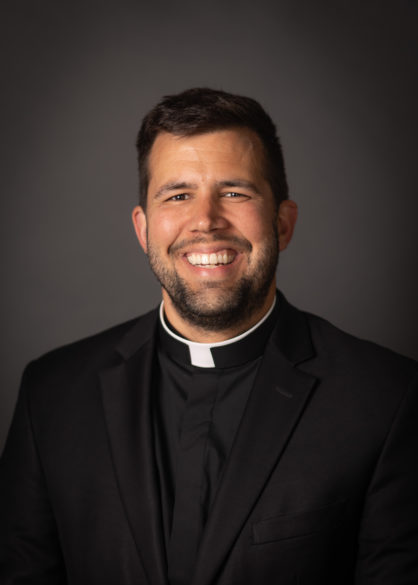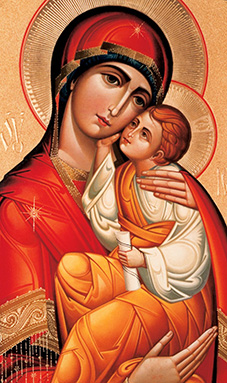I have been hearing from more and more folks that this article is an important part of their routine when they pick up the Mississippi Catholic, and I’d like to thank you for that encouragement! This really was the first way that I started to communicate with vocation supporters way back when I started as vocation director for the diocese. We just launched a new monthly newsletter that we want to get to all vocation supporters via our diocesan Flocknote email system. If you have participated in the Homegrown Harvest Festival, signed up to be a member of the Women’s Burse Club, or have given any donation to the Vocation Office in recent years, you should have received an email about our January activities in the vocation office. We will send this newsletter out to any Vocation Supporter who wants it, and so if you would like to receive these updates and are not, please let Rebecca Harris, our diocesan development director, know at rebecca.harris@jacksondiocese.org.
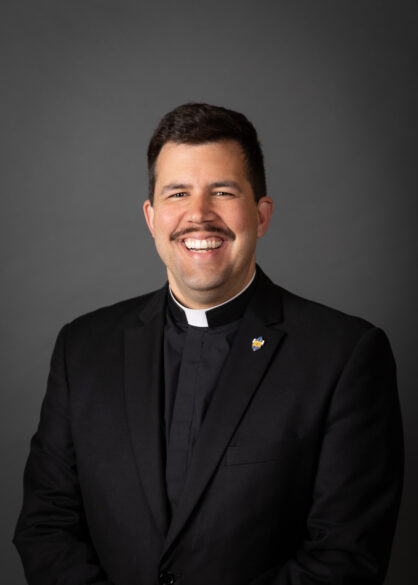
I sent letters and emails to our Women’s Burse Club members at the start of the year to let them know that we’ll be merging that group under the larger vocation supporter umbrella. That way, everyone who supports vocations will be able to know what we’re doing in the department. I’d really like to thank the development office; they are always willing to work with me and they give me good ideas on how to communicate our message more clearly.
That message continues to be this: We are creating a culture of vocations by calling forth more young men to consider whether or not he is called to the seminary. With the help of our friends at Vianney Vocations we have a system in place to accompany those young men with consistency and quality, and we look forward to seeing what the Lord will do with our work. So far two young men are applying for entrance in the seminary in the Fall of 2025, and our spring discernment groups are about to launch, so please pray for a few more applicants in the coming weeks and months. We still have our goal of 33 seminarians by the year 2030! I believe we can get there; I know it sounds crazy, but with God, anything is possible!
Our Homegrown Harvest Festival is officially set for Oct. 11, 2025. It will be held at St. Francis of Assisi Parish in Madison. Please save the date and thank you to Father Albeen Vatti and his staff at St. Francis for welcoming us back to their wonderful parish grounds. We are excited, I hope you’ll join us this fall!
– Father Nick Adam, vocation director
(For more information on vocations, visit jacksonvocations.com or contact Father Nick Adam at (601) 969-4020 or nick.adam@jacksondiocese.org.)

